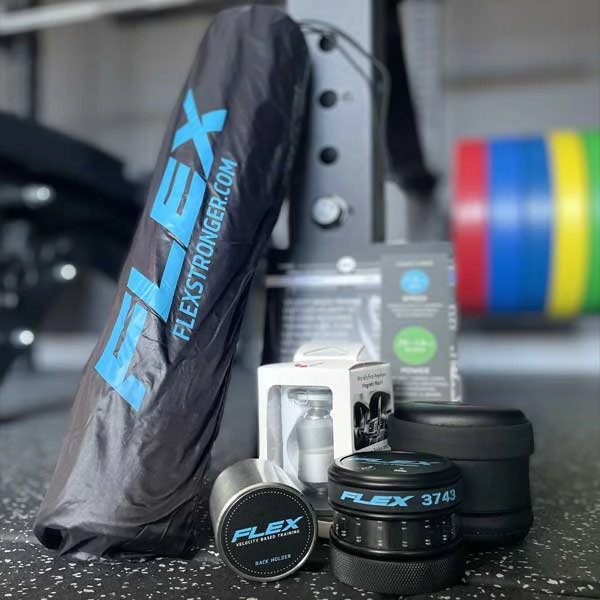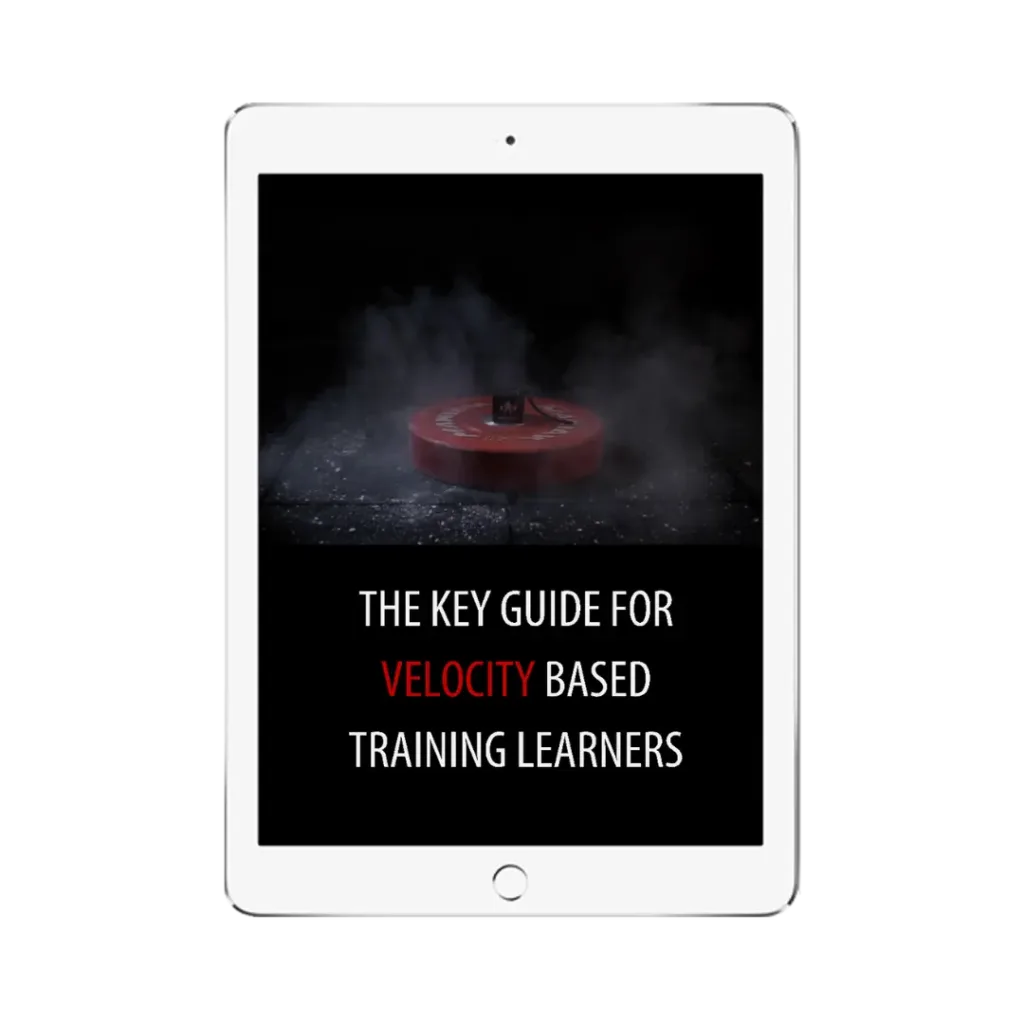About this Episode
In episode 117, Steve Thompson, Course Leader for the Masters in S&C at Sheffield Hallam University, joins us.
Specifically Steve will be looking at:
- Obstacled to VBT use
- Best practice in VBT
- How anyone can use VBT to optimise training for under $10
Velocity-based training (VBT) might seem like the biggest thing in physical training since the barbell itself, so why aren’t you using it yet?
If you still haven’t started, you’re not the only one. Due to the perceived difficulty in its implementation, many coaches and athletes choose to look the other way, missing out on a range of fantastic benefits associated with this top-level training tech.
If you are one of those who consider it too difficult, time-consuming, or expensive to implement, you’ll need to hear what Steve Thompson has to say and how you can overcome these obstacles.
Thompson has just finished his PhD investigating the use of VBT, where he performed leading research through Sheffield Hallam University, while also implementing his research as an S&C coach in the field.
Thompson’s research has great importance to the strength and power training world, with VBT touted as the future of the strength training industry. However, the uptake has not been equal to the hype.
Athletes could get a wide range of benefits from VBT such as daily autoregulation, velocity cut-offs, and increased motivation during lifts. But despite such a great range of benefits, there are several barriers which stop widespread adoption.
So we wanted to grill Thompson to see whether coaches and athletes can overcome the obstacles preventing them from using this game-changing technology.
The first issue is likely the price – when you see triple or quadruple figures on an internet sales funnel, it can be easy to switch off and file VBT under ‘one for when I’m rich’.
But before you give up on the idea, it’s important to consider the different types of VBT devices available on the market and their price points.

“VBT requires or utilises technology which might be a linear position transducer, an inertial measuring unit, a camera, or a smartphone,” Thompson said.
Generally speaking, the linear position transducers have been seen as the gold standard as they use a string attached to the bar to directly measure velocity, however, recent research shows that cheaper options like smartphone applications might be equally valid and reliable.
“In terms of the data, certainly from some of the research I’ve collected as part of my PhD, smartphones were there or thereabouts when compared with a linear transducer. If you consider the price difference, then there are benefits to those that have tighter purse strings,” Thompson said.
This makes VBT accessible to almost all practitioners, with smartphone applications available in the region of $10. These devices might take more time to configure and be less useful in large team settings, but they certainly lower the entry barrier to VBT and might be perfect for an athlete training alone.
That time investment when using a smartphone might be reduced when using higher-end devices designed for large teams, but Thompson shares some of his research insights which showed that coaches were still worried that they’d be spending time with their heads in an iPad, instead of coaching their athletes. Another barrier to overcome.
Fortunately, the Englishman performed further research with the goal of using VBT at the start of the session to prescribe training loads with sniper-like accuracy, with coaches then having the luxury of putting the tech away in favour old school face-to-face contact.
“We came up with a system and an approach to daily one rep-max prediction, allowing you to do it right to start the session, that would adjust the loads for that day. You could then put the technology down and be a coach,” Thompson said.
If reading Thompson’s latest research isn’t for you, he has a simple alternative.
“Another way of getting around the issue would be simple education for the athletes. So spend some time upskilling the athletes on how to use the devices – this frees you up to be more present on the gym floor,” Thompson said.
So there you have it, the most common barriers to VBT usage, and how to overcome them. You can get started for a tenner and potentially spend just minutes on VBT training per session.
If this has got your brain whirring and you want to learn more about VBT, including how to practically implement it in your setting, listen to the full podcast using the link below.
You can download the podcast on any of the big hosting services, including Apple Podcasts and Spotify, or just use this link: https://scienceforsport.fireside.fm/117




